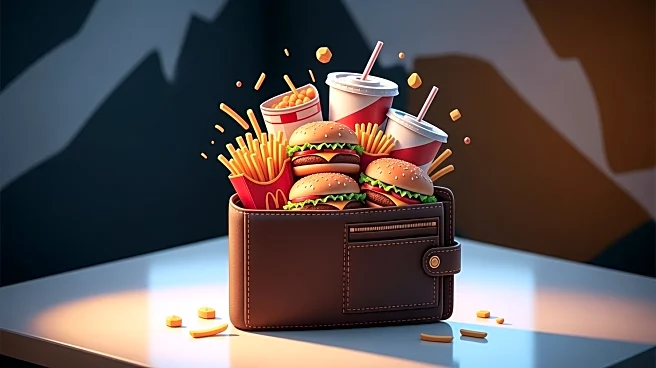What's Happening?
Pizza Hut is closing half of its UK restaurants after being bought out of administration for the second time this year. The chain, once popular for its all-you-can-eat buffet and salad bar, is struggling
as food prices soar and operational costs increase. The rise in minimum wages and employer national insurance contributions have further strained the business. Consumers like Chris and Joanne, who previously frequented Pizza Hut, now prefer ordering from competitors like Domino's, citing Pizza Hut's offerings as overpriced. The chain's traditional model is losing appeal as consumers shift towards high-quality, affordable alternatives, including cook-at-home pizzas and premium pizzerias.
Why It's Important?
Pizza Hut's struggles highlight significant shifts in the fast-food industry, driven by changing consumer preferences and economic pressures. The closure of its restaurants reflects broader challenges faced by traditional dining chains in adapting to a market increasingly dominated by delivery services and premium dining experiences. This trend could lead to job losses and impact local economies where these restaurants operate. Additionally, the rise of high-quality, affordable alternatives underscores a shift in consumer expectations towards value and quality, pressuring established brands to innovate or risk obsolescence. The situation serves as a case study for other businesses navigating similar market dynamics.
What's Next?
Pizza Hut may need to reinvent its brand and offerings to remain competitive. This could involve streamlining operations, enhancing delivery services, and introducing new menu items that align with current consumer trends. The company might also explore partnerships or technological innovations to improve customer experience and operational efficiency. Stakeholders, including employees, investors, and local communities, will be closely monitoring these developments, as they could influence the chain's future viability and market position.











